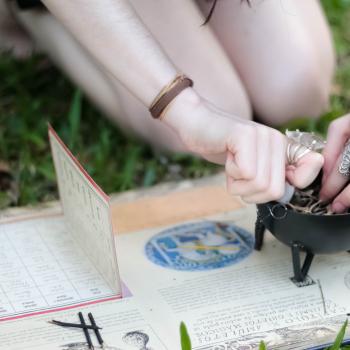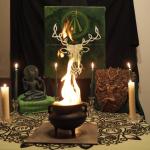In light of the recent violence and craziness, I thought I’d write about two practices that are particularly close to my heart: yoga and ritual. Restorative practices such as these can help us when we’re feeling worn out and exhausted, especially in this current era of activism and emotionally devastating news. It’s important to put the phone down, close the browser, and take a moment for self-care from time to time.
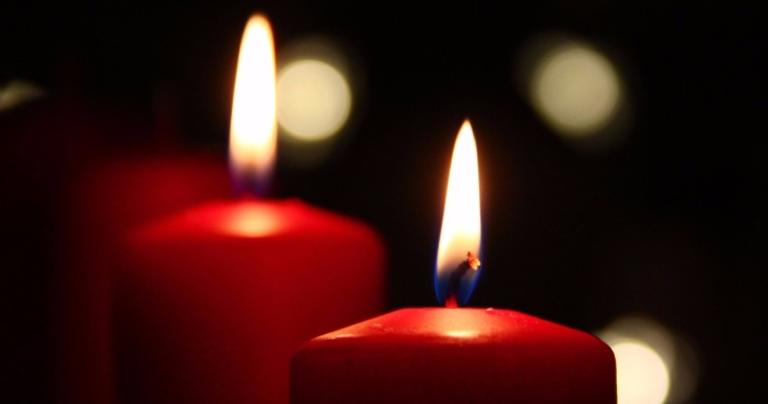
One by one, people walk into an open space lit by candles. Gentle music plays, and along one wall is an altar, with statues and stones. Somebody lights incense, which invites the participants to breathe deeper. The instructor speaks in a softly commanding voice, bringing everyone together. Practitioners follow his or her direction with perfect trust and set an intention for the practice. They go into a deeper place. A meditative state of mind is reached by most participants.
The energy builds and reaches a peak, where new insights are found. After a relaxing closing ceremony, participants talk amongst themselves, blissful. They have a sense of clarity and ease. They pack up and leave, eager to bring the energy back home, and looking forward to the next practice.
Did I just describe the ceremony of a yoga class or a ritual? It could be either one. Yoga and paganism’s similarities go deeper than one might expect. Here are some of the things these practices have in common.
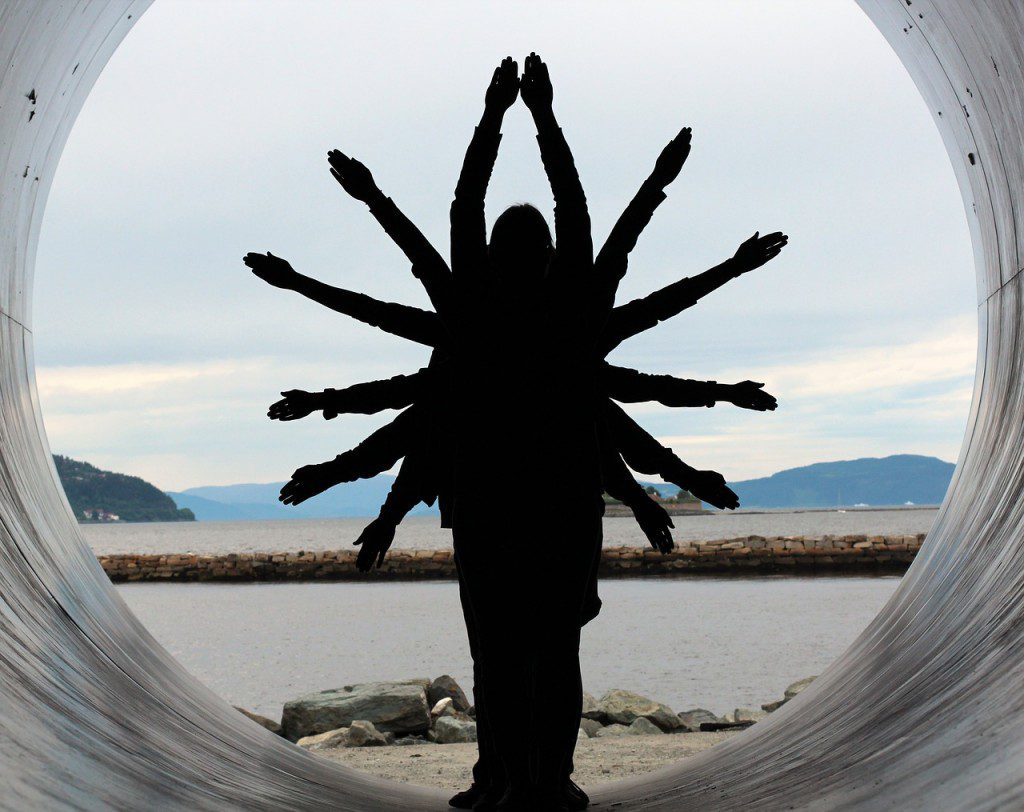
Energetic transformations
Opinions may differ on the goals of practicing yoga, but generally, the goal is to link asanas (poses) with intentional breath to stimulate prana or chi. This makes the body and mind stronger and more relaxed. It also prepares the body for meditation and further spiritual expansion.
During yoga practice, the brain shifts from linear beta waves toward more relaxing alpha and theta waves. This mental state promotes a sense of spiritual connection, and is commonly called the ‘flow-state of mind.’
As pagans, our goals for ritual, generally speaking, are celebration or acknowledgement of a cycle, communion with the gods or nature, and / or having a spiritual experience. Our energy isn’t stimulated through asanas, but in other ways. We use ritual, feeling oneness with the gods, chanting or singing, dance, meditation, and more. Just as in yoga, our spirits start to soar when the energy rises within us.
Similar to the yogic flow-state, ritual consciousness is also an alpha brain wave activity. If a meditative state is reached during ritual, theta waves can also be experienced as well. In this way, the same mentally transformative benefits can be experienced by either practice.
Find your own path through intuition
Yogis are encouraged to find their own practice that best suits their body, and within that, to find their own yoga flow. They are advised by their teachers to change their poses or practice if needs be. Accessing one’s own intuition about what the body needs most at that moment can bring about the best expression of the pose. Eventually, a yogi can listen to his or her body and lead themselves through the asanas they need the most. At that point, they reach a certain level of mastery.
In paganism and ritual, we’re often led by intuition as well. We choose our branch, the deities, location, and the types of ritual we perform based on our feelings. Even if a book or article suggests certain deities, candles, herbs, and chants, the suggestions may not ‘feel right’ for the mood or season. When we adapt something that better fits into our lives, the change brings about a more meaningful practice.
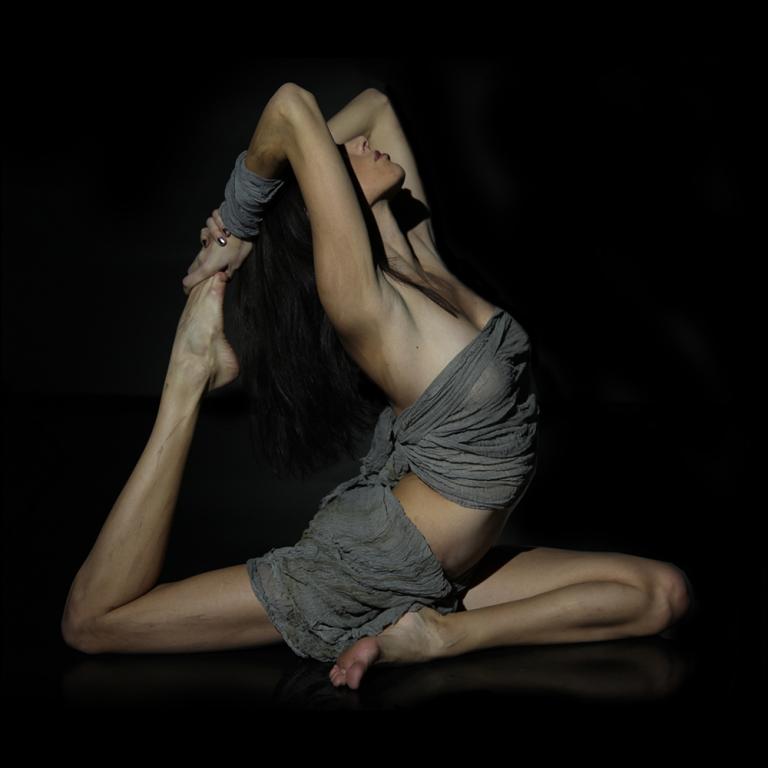
Practice is important
The definition of a yogi is ‘one who practices yoga.’ Yoga needs to be practiced regularly so the benefits, such as flexibility, aren’t lost. Consider it this way — it’s one thing to merely believe that yoga works, and another thing entirely to practice it and gain the benefits.
The same could be said with paganism. If we don’t practice, we may be spiritual in belief alone. Who among us hasn’t fallen into a bad place when there was no time to connect to the divine? When ‘more important things’ come up, our time spent communing with the gods can suffer. When that happens, our voices and pleas may grow weak in the gods’ ears.
I’ll be the first to admit that I’ve fallen into bad habits when I was overwhelmed by life. At those times, I missed out on both yoga and ritual practices. It left me in a shallow place — one where I was easily overwhelmed and confused. Coming back to my practices helped. It was slow at first, but it became empowering again after a while. Which brings me to my next point:
Yoga and practicing rituals are a lifestyle
“True yoga is not about the shape of your body, but the shape of your life. Yoga is not to be performed. Yoga is to be lived. Yoga doesn’t care about where you have been. Yoga cares about the person you are becoming.” Aadil Palkhivala
Yoga is something to be, not to do. The yoga lifestyle includes feelings of freedom and purification, and feeling more at peace with things when yogis leave the mat.
Similarly, our pagan practices and rituals are a lifestyle, too – everything from celebrating the sun / moon celebrations, to making time to connect within, and with others. Many of us are pagan because we’re, well, a bit magical. We can’t change who we are, and our practices help us to look forward, strengthen our spirits, and purify our intentions. In a crazy world, practice helps us feel free and whole.
What we practice today isn’t what was practiced a thousand years ago, but it’s still meaningful
Yoga has deep roots in ancient mysticism, possibly reaching back as far as 5,000 years ago to the Indus-Sarasvati civilization in Northern India. Although it was brought to the ‘western world’ in the late 1800s, it didn’t take off in popularity until Indra Devi opened a center in 1947. The popularized form of yoga today, which trends toward a transcendent physical-spiritual experience at its best and fitness at its most bland level, is quite different from its origins in India.
The evolution of yoga, especially recently, seems to have a practice for everyone. From yin yoga (holding poses longer) to vinyasa (movement and breath-alignment), ashtanga yoga (ordered poses), hot yoga, and restorative yoga, there’s a lot to choose from.
Similarly, paganism and Wicca have roots in ancient mystic practices and religions. It also has built and grown from many ancient roots in multiple cultures into what it is today, into neo-paganism. This originated some time in the early 18th or 19th century to the 1960s, depending on which path you look at. Some of the larger branches of these paths include polytheistic paganism, Druidic, Gardnerian Wicca, Vodou, Classic Greek Revivalist, Hedge Witchery, Kitchen Witchery, Fae witchery, and many more.
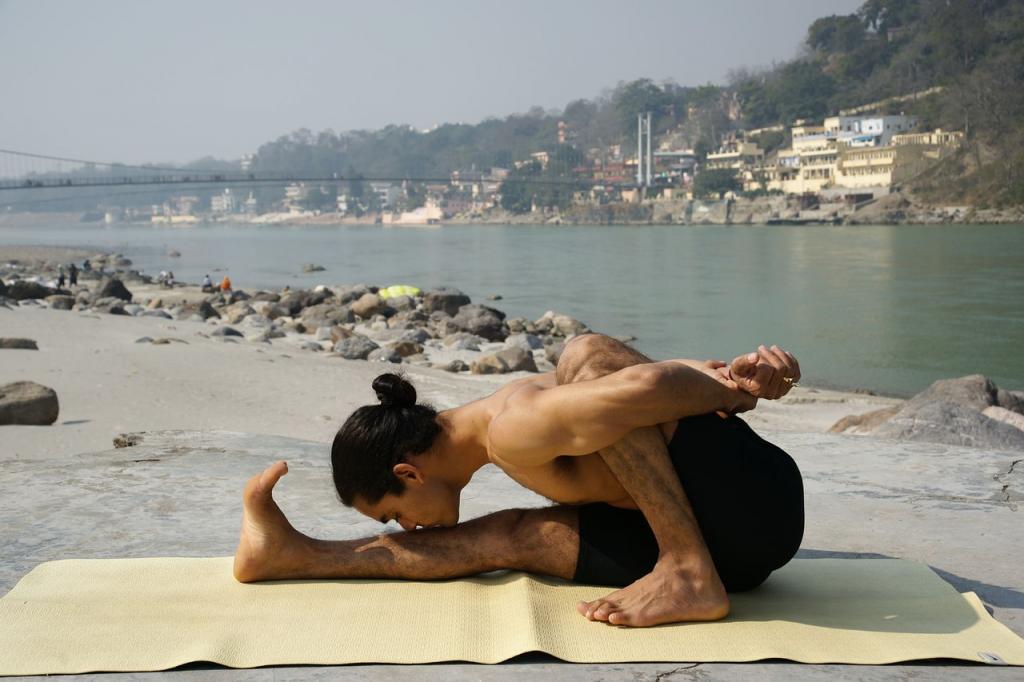
There was discrimination against both practices
At one point or another, both yoga and paganism were both thought of as something that was practiced by people who were primitive, or less-than the ruling class. British Christians outlawed yoga in the 1700s-1800s, sending it underground in India for centuries. Likewise, Malleus Maleficarum started a religious war against pagans and witches, and incited the killing of anywhere from 35,000 to one million people. As painful as these histories are, knowing this can help us and society to not repeat mistakes.
We have to be aware about potential cultural appropriation
Sometimes we participate in activities that were started by a culture different from one’s own. Depending on where you’re from, this could include yoga, Vodou, Greek gods, or Norse gods. It’s always good to be respectful, inclusive, and do research. Learn where practice originated, the history, the translations of any non-English words, the stories of their gods, and the meaning of sacred objects and symbols. Approach with humility and an open mind. This will assist with knowing the original intentions, and will make the activity more culturally authentic and less watered-down.
We both celebrate the earth, many holidays, and many gods
Not all Western yoga classes celebrate Hindu holidays, but the best yoga classes touch upon them, at least. There are about 1,000 Hindu holidays every year and as many as 33 million deities in the pantheon. When a yoga teacher calls upon a god or a goddess whose holiday or feast day is happening at the time, I find practice far more special.
Comparatively, we pagans have thirteen full moons, thirteen new moons, eight solar spokes every year, and personal celebrations as well. We have thousands of gods as well, as they range from all over ancient and modern times. We also share some of the same gods and goddesses, and incorporating them into our practice makes it more meaningful.
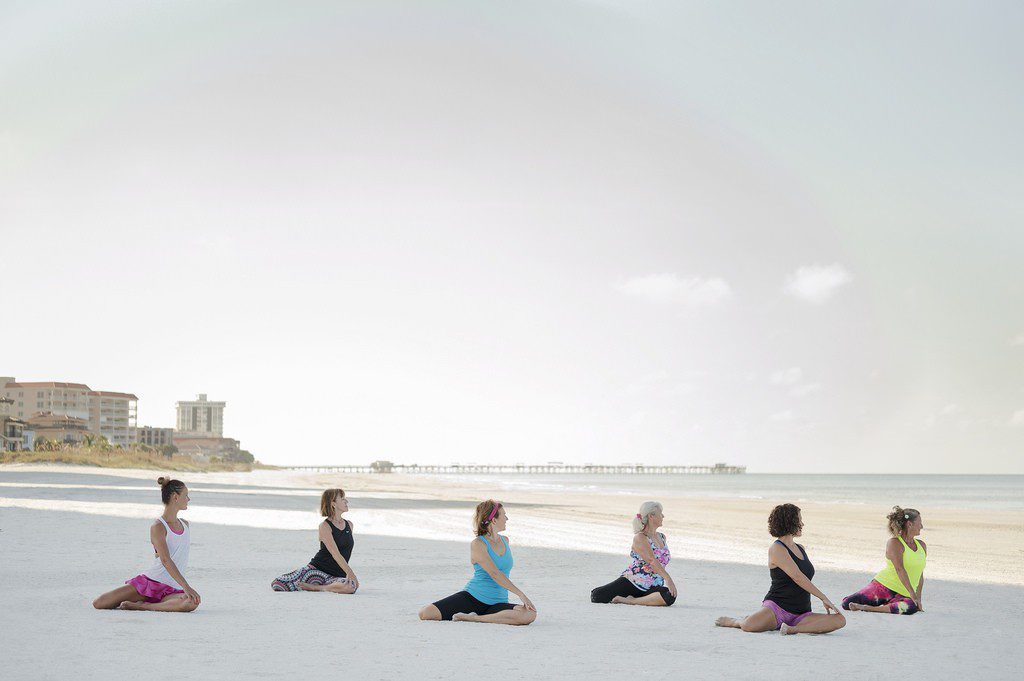
Other similarities
In both practices, you’ll find solitary and group practitioners. There are retreats and festivals all over the world with big-name leaders / teachers. The community can be supportive, and a good place to make friends with similar mindsets.
Accessories may help, but they’re not necessary. You can buy as much equipment as you like with yoga, but it doesn’t necessarily make you a better yogi. Similarly, you don’t need to spend anything to practice Wicca or paganism. Buying a statue or other altar accessory doesn’t necessarily connect you more with that deity, nor does the right color of candle, the right incense, and herbs, etc.
Perhaps most importantly, many people experience bliss and a deeper spiritual understanding after yoga or pagan practices / rituals. Our emotions are clearer, and our objectivity stronger. Our practices can help us get through the rough patches of life, and summon strength when we need it. They can also help us grow more spiritual and celebrate the good times.
I hope more of those celebratory days are coming, and soon. In the meantime, it’s important to practice self-care to combat fatigue and overwhelming emotions. I’ve experienced a lot of them lately, and going back to practice feels just like going home.
Blessed be. Namaste. May you find your path, and with that, your bliss.
*










